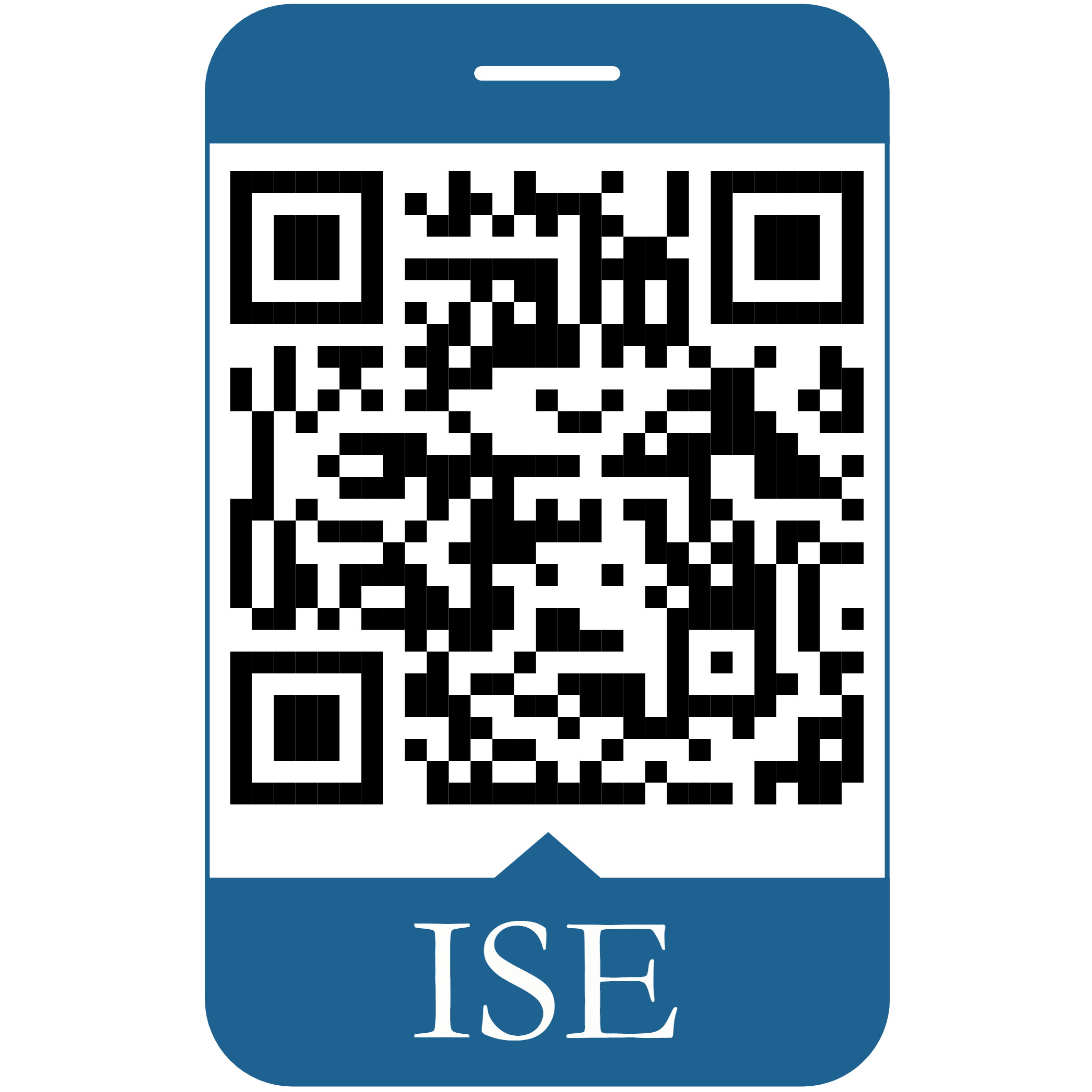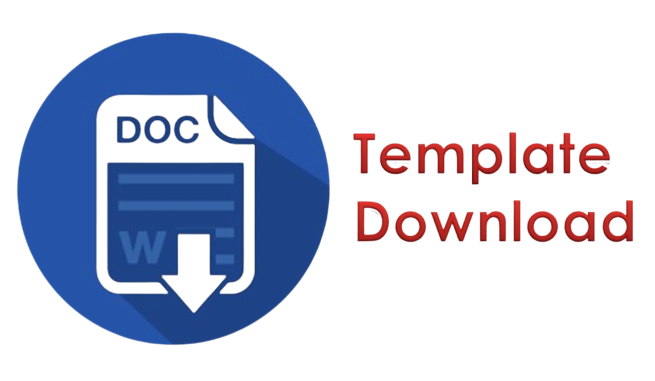An Integration of Machine Learning with e-government: Challenges and Future Trends
DOI:
https://doi.org/10.58777/ise.v2i1.191Keywords:
Smart government, E-government, Technology challenges, Citizen satisfactionAbstract
The tremendous rise of data and information and the increase in computer processing in e-governments has significantly changed how the government makes decisions relying on advanced technologies. This number will grow dramatically, and there is a prominent direction that institutions are considering the use of advanced technology to assist in delivering services and making daily decisions. The use of developed technologies, such as Machine Learning (ML), is believed appropriate in an effort to turn the massive amount of information in this extend of data into a meaningful one, and ease of analysis. Machine Learning is a technology that can handle huge data and classification for statistics or even more complex purposes, such as data analysis and decision making. The applications of ML are being used to improve the current state of e-government services by reducing processing times, lowering costs, and increasing citizen satisfaction. However, this technology still confronts a number of obstacles that obstruct its use in e-government applications, both for improving e-government systems and for increasing e-government-citizen interactions. This paper aims to address and analyse the impact of the use of ML in e-government, and also to see the feasibility of this technology in the e-services provision in developing countries, the Kurdistan Region of Iraq (KRI) in particular. In addition, it highlights the challenges that impact the integration of advanced technology with e-government and discourses on future trends. The main contribution of this paper is that it helps organizations better understand their approaches to machine learning, allowing them to make more informed decisions about how to employ developed technology in the e-government system.
Peningkatan data dan informasi yang luar biasa dan peningkatan pemrosesan komputer di e-government telah secara signifikan mengubah cara pemerintah membuat keputusan dengan mengandalkan teknologi canggih. Machine Learning (ML) adalah teknologi yang dapat menangani data besar dan klasifikasi untuk statistik atau bahkan tujuan yang lebih kompleks, seperti analisis data dan pengambilan keputusan. Aplikasi ML digunakan untuk meningkatkan status layanan e-government saat ini dengan mengurangi waktu pemrosesan, menurunkan biaya, dan meningkatkan kepuasan warga. Namun, teknologi ini masih menghadapi sejumlah kendala yang menghambat penggunaannya dalam aplikasi e-government, baik untuk meningkatkan sistem e-government maupun untuk meningkatkan interaksi e-government-citizen. Makalah ini bertujuan untuk mengatasi dan menganalisis dampak penggunaan ML dalam e-government, dan juga untuk melihat kelayakan teknologi ini dalam penyediaan layanan elektronik di negara-negara berkembang, Wilayah Kurdistan Irak (KRI) pada khususnya. Selain itu, menyoroti tantangan yang berdampak pada integrasi teknologi canggih dengan e-government dan wacana tentang tren masa depan. Kontribusi utama dari makalah ini adalah membantu organisasi lebih memahami pendekatan mereka terhadap pembelajaran mesin, memungkinkan mereka untuk membuat keputusan yang lebih tepat tentang bagaimana menggunakan teknologi yang dikembangkan dalam sistem e-government.
References
Abdul, A.,Vermeulen, J., Wang, D., Lim, Y. B., and Kankanhalli, M., (2018) “Trends and Trajectories for Explainable, Accountable and Intelligible Systems: An HCI Research Agenda.” In Proceedings of the 2018 CHI Conference on Human Factors in Computing Systems - CHI ’18, 1–18. Montreal QC, Canada: ACM Press,
Alexopoulos, C., Lachana, Z., Androutsopoulou, A., Diamantopoulou,V., Charalabidis,Y., and Avgerinos, L., M.,(2019) How Machine Learning is Changing e-Government. In Proceedings of the 12th International Conference on Theory and Practice of Electronic Governance (ICEGOV2019). Association for Computing Machinery, New York, NY, USA, 354–363.
Aurélien, G., (2019) Hands-On Machine Learning with Scikit-Learn, Keras, and TensorFlow, Concepts, Tools, and Techniques to Build Intelligent Systems 2nd Edition
Baek, S. I., Lim, G. G., & Yu, D. S. (2016). Exploring social impact of AI. Informatization Policy, 23(4), 3-23.
Barcevičius, E., Cibaitė, G., Codagnone, C., Gineikytė, V., Klimavičiūtė, L., Liva, G., Matulevič, L., Misuraca, G., Vanini, I., Editor: Misuraca, G., (2019) Exploring Digital Government transformation in the EU - Analysis of the state of the art and review of literature, EUR 29987 EN, Publications Office of the European Union, Luxembourg, 2019, ISBN 978-92-76-13299-8, doi:10.2760/17207, JRC118857
Borrellas, P., and Unceta I., (2021) The Challenges of Machine Learning and Their Economic Implications. Entropy. 23(3). Available at: https://doi.org/10.3390/e23030275. Accessed on: 27/06/2022
Chang, Y. W., & Tsai, C. Y. (2017) Apply Deep Learning Neural Network to Forecast Number of Tourists. In Advanced Information Networking and Applications Workshops (WAINA), 2017 31st International Conference on (pp. 259-264)
Columbus, L., (2020) Roundup of Machine Learning Forecasts and Market Estimates, 2020. Available at: https://www.forbes.com/sites/louiscolumbus/2020/01/19/roundup-of-machine-learning-forecasts-and-market-estimates-2020/?sh=511c98575c02. Accessed: 13/07/2022.
Deloitte, (2018) Block chain in Public Sector Transforming government services through exponential technologies, available at: https://dokumen.tips/documents/blockchain-in-public-sector-the-occasion-of-mtech-2018-manual-operations.html?page=1, Accessed: 22/06/2022.
European Parliament (2019) Directorate General for Parliamentary Research Services. A Governance Framework for Algorithmic Accountability and Transparency. LU: Publications Office, https://data.europa.eu/doi/10.2861/59990.
Gebru, T., Jonathan, K., Yilun, W., Duyun, C., Jia, D., Erez, L. A., and Li, F., (2017) “Using Deep Learning and Google Street View to Estimate the Demographic Makeup of Neighborhoods across the United States.” Proceedings of the National Academy of Sciences 114, no. 50 (December 12, 2017): 13108– 13. https://doi.org/10.1073/pnas.1700035114
Ghosh, D., Chun, S., Shafiq, B., & Adam, N. R. (2016). Big Databased Smart City Platform: Real-Time Crime Analysis. In Proceedings of the 17th International Digital Government Research Conference on Digital Government Research (pp. 58-66).
Guenduez, A. A., Mettler, T., and Schedler, K., (2020). “Technological Frames in Public Administration: What Do Public Managers Think of Big Data?” Government Information Quarterly 37(1). Available at: https://doi.org/10.1016/j.giq.2019.101406. Accessed on: 02/6/2022.
Gunning, D., Stefik, M., Choi, J., Miller, T., Stumpf, S. (2019). XAI-Explainable artificial intelligence. Science Robotics, Avilable at: https://www.science.org/doi/10.1126/scirobotics.aay7120. Accessed on: 05/07/2022.
Gupta, M.S., (2020) what is Digitization, Digitalization, and Digital Transformation? Available at: https://www.arcweb.com/blog/what-digitization-digitalization-digital-transformation. Accessed: 20/06/2022.
Guszcza, J., (2008) “Analysing Analytics”, Contingencies, American Academy of Actuaries, July-August,
Hollings, T., Robinson, A., van Andel, M., Jewell, C., & Burgman, M. (2017). Species distribution models: A comparison of statistical approaches for livestock and disease epidemics. PloS one, 12(8). https://doi.org/10.1371/journal.pone.0183626
Hong, Boyeong, Awais Malik, Jack Lundquist, Ira Bellach, and Constantine E. Kontokosta. (2018)“Applications of Machine Learning Methods to Predict Readmission and Length-of-Stay for Homeless Families: The Case of Win Shelters in New York City.” Journal of Technology in Human Services 36, no. 1 (January 2, 2018): 89–104. https://doi.org/10.1080/15228835.2017.1418703.
Huamaní, L. E., Mantari, A. A., and Gonzalez, A. R., (2020) “Machine Learning Techniques to Visualize and Predict Terrorist Attacks Worldwide using the Global Terrorism Database” International Journal of Advanced Computer Science and Applications(IJACSA), 11(4), http://dx.doi.org/10.14569/IJACSA.2020.0110474
Huang, H. H., & Liu, H., (2014) Big data machine learning and graph analytics: Current state and future challenges. In Big Data (Big Data), 2014 IEEE International Conference on (pp. 16-17). Available at: https://doi.org/10.1109/BigData.2014.7004471. Accessed on: 26/05/2022
Kaplan, J., (2016). Artificial intelligence: Think again. Communications of the ACM, 60(1), 36-38.
Kodiyan, A., Alfons (2019) “An Overview of Ethical Issues in Using AI Systems in Hiring with a Case Study of Amazon’s AI Based Hiring Tool. Available at: https://www.academia.edu/42965903/An_overview_of_ethical_issues_in_using_AI_systems_in_hiring _with_a_case_study_of_Amazons_AI_based_hiring_too. Accessed on: 23/07/2022.
Kononenko, I., (2001) Machine learning for medical diagnosis: history, state of the art and perspective. Artificial Intelligence in medicine, 23(1), 89-109.
Kumar, Singh, and Kumar, (2015) A heuristic approach for search engine selection in meta-search engine, International Conference on Computing, Communication & Automation, 2015, pp. 865-869.
Lachana, Z., Alexopoulos, C., Loukis, E., Charalabidis, Y., (2018) Identifying the Different Generations of E-government: An Analysis Framework. The 12th Mediterranean Conference on Information Systems (MCIS), Corfu, Greece.
Leavy, S., Meaney, G., Wade, K., and Greene, D., (2020) “Mitigating Gender Bias in Machine Learning Data Sets.” Available at: https://arxiv.org/abs/2005.06898. Accessed on: 25/06/2022.
Marasco, D. E., & Kontokosta, C. E. (2016). Applications of machine learning methods to identifying and predicting building retrofit opportunities. Energy and Buildings, 128, 431-441.
Medvedeva, M., Michel, V., and Martijn, W., (2020) “Using Machine Learning to Predict Decisions of the European Court of Human Rights.” Artificial Intelligence and Law 28, no. 2 (June 2020): 237–66. https://doi.org/10.1007/s10506-019-09255-y
Meijer, A., and Martijn, W., (2019) “Predictive Policing: Review of Benefits and Drawbacks.” International Journal of Public Administration 42, no. 12 (September 10, 2019): 1031–39. https://doi.org/10.1080/01900692.2019.1575664
Mitchell, T. M. (2006). The discipline of machine learning (Vol. 9). Pittsburgh, PA: Carnegie Mellon University, School of Computer Science, Machine Learning Department
Moss, E. W., Jacob, M., and Madeleine, C. E., (2020) Governing with Algorithmic Impact Assessments: Six Observations. SSRN Electronic Journal, 2020. https://doi.org/10.2139/ssrn.3584818
Omoteso, K., (2012) The application of artificial intelligence in auditing: Looking back to the future. Expert Systems with Applications, 39(9),pp 8490-8495.
Osoba, O. A., & Welser, W., (2017). The risks of artificial intelligence to security and the future of work. RAND.
Patil, A. P., Doshi, D., Dalsaniya, D., & Rashmi, B. S. (2017). Applying Machine Learning Techniques for Sentiment Analysis in the Case Study of Indian Politics. In International Symposium on Signal Processing and Intelligent Recognition Systems (pp. 351-358)
Pérez, L., César, M. J., Delgado, R., and Sonia, de L. S., (2019) "Tax Fraud Detection through Neural Networks: An Application Using a Sample of Personal Income Taxpayers" Future Internet, 11(4). Available at: https://doi.org/10.3390/fi11040086. Accessed on: 25/05/2022.
Prove, (2022) 5 Common Machine Learning Problems & How to solve them. Online, Available at: https://www.provintl.com/blog/5-common-machine-learning-problems-how-to-beat-them. Accessed on: 23/07/2022.
Qian S. T., and Medaglia, R., (2019) Mapping the challenges of Artificial Intelligence in the public sector: Evidence from public healthcare, Government Information Quarterly, 36(2), pp. 368-382.
RF Wireless World, (2012) Advantages of Machine Learning | Disadvantages of Machine Learning. Available at: http://www.rfwireless-world.com. Accessed on: 25/06/2022.
Ritheesh, B. Y., (2020) Top 8 Challenges for Machine Learning Practitioners. Available at: https://towardsdatascience.com/top-8-challenges-for-machine-learning-practitioners-c4c0130701a1. Accessed on: 14/07/2022.
Russell, S. J., & Norvig, P. (2016). Artificial intelligence: a modern approach. Malaysia; Pearson Education Limited.
Said, A. B., Abdelkarim, E., Hussein, A. and Abdelmonem, M., (2009) “A Deep-Learning Model for Evaluating and Predicting the Impact of Lockdown Policies on COVID-19 Cases.” ArXiv:2009.05481. http://arxiv.org/abs/2009.05481
SAP, (2017) Transforming Government for the Digital EraTo Improve Citizens’ Lives. Available at: https://www.sapusers.org/uploads/files/0NEQLS1XPsNSeOO0-Transforming%20Government%20for%20the%20Digital%20Era.pdf . Accessed on: 08/06/2022.
Sebastiani, F., (2002) Machine learning in automated text categorization. ACM computing surveys (CSUR), 34(1), 1-47
Shareef, M. S., and Arreymbi, J., (2013) E-government initiatives for Regional Governments in Developing Countries: A citizen-centred approach in the case of the Kurdistan Region of Iraq (KRI). In E-Government Implementation and Practice in Developing Countries. Available at: https://www.igi-global.com/chapter/government-initiatives-kurdistan-region-iraq/76238.
Shareef, M. S., (2012) Electronic government adoption based on citizen-centric approach in regional government in developing countries: the case of Kurdistan Region of Iraq (KRI). PhD thesis. Available at: https://catalog.ihsn.org/index.php/citations/75885. Accessed on: 25/05/2022.
Shareef, S. M., Jahankhani, H., & Dastbaz, M., (2012) E-government stage model: Based on citizen-centric approach in regional government in developing countries. International Journal of Electronic Commerce Studies, 3(1), 145-164.
Sommer R., and Paxson, V., (2010) "Outside the Closed World: On Using Machine Learning for Network Intrusion Detection," 2010 IEEE Symposium on Security and Privacy, 2010, pp. 305-316, doi: 10.1109/SP.2010.25.
UN Global Pulse, (2014) Mining Indonesian Tweets to Understand Food Price Crises, Available at: https://www.unglobalpulse.org/wp-content/uploads/old_site/UNGP_ProjectSeries_Nowcasting_Food_Prices_2014.pdf. Accessed: 23/06/2022
Ubaldi, B., (2013) "Open Government Data: Towards Empirical Analysis of Open Government Data Initiatives", OECD Working Papers on Public Governance, No. 22, OECD Publishing, Paris, Available at: https://doi.org/10.1787/5k46bj4f03s7-en. Accessed on: 10/05/2022.
UN survey (2020) Digital government in the Decade of Action for Sustainable Development: with addendum on COVID-19 Response. Available at: Accessed on: 16/07/2022.
Wilbanks, J. T., & Topol, E. J. (2016). Stop the privatization of health data. Nature News, 535(7612), 345. https://doi.org/10.1038/535345a
Wirtz, B. W., Weyerer, J. C., & Geyer, C., (2018) Artificial Intelligence and the Public Sector—Applications and Challenges. International Journal of Public Administration, 1-20














